Once upon a time, there was a man who would buy old Ford Pops for a fiver, add nothing but petrol and then, when the car expired, leave it by the side of the road. The next day he’d buy another. This was one of my favourite bedtime stories my dad would tell me.
I also heard tales of the 1930s Humber Super Snipe Uncle Charlie bought for £15. It was a family carrier for a few years before being broken up (its headlights and bonnet mascot ended up in our cellar). Consequently, marginal motoring has always fascinated me.
The truth is that the biggest motoring expense is depreciation. I saw this first-hand when flogging new cars. What sticks in the mind is a nearly new Volkswagen Santana that was worth almost nothing in part-exchange against a new BMW 3 Series.
Indeed, according to the sales training materials, my part-exchange nightmare was going to be a Saab owner with an over-inflated sense of his 900’s worth.
Then in the late 1980s I went to India, where I saw people who managed to keep Hindustan Ambassadors running against all odds. They still do. I thought that what they were doing wasn’t just running an old car on a shoestring; it was Bangernomics.
Back in Blighty, I didn’t have a car for a couple of days, which made getting to a Gloria Estefan concert a logistical nightmare. When I added up the cost of taxis, buses and trains, I reckoned that buying a banger would have been cheaper. So I did. It was awful.
Back then, used cars that were 10 years old or more were usually rusty old bits of rubbish, unless they were a Mercedes W123 or a Volvo Amazon.
Everything else was Italian and French Eurotrash, or BL’s MOT-borderline finest. So I went behind the Iron Curtain and picked up a Polski Fiat 125p for £80. I must have been mad. The offside indicators were held in with Band Aids.
But owning it made a good story. In 1989 a feature entitled ‘Better than Walking’ appeared in Steve Cropley’s brilliant magazine Buying Cars, and the word ‘Bangernomics’ appeared in print for the first time. A book followed shortly after.
Bangernomics as a principle still works, but what really worries me is that car manufacturers aren’t making bangers any more. Cars are getting more complicated and less bodge-friendly. That turns my fairytale of Bangernomics into a horror story that keeps me awake at night. But until you tell me otherwise, I refuse to believe that the banger is dead.
My Bangernomics best-buys
































































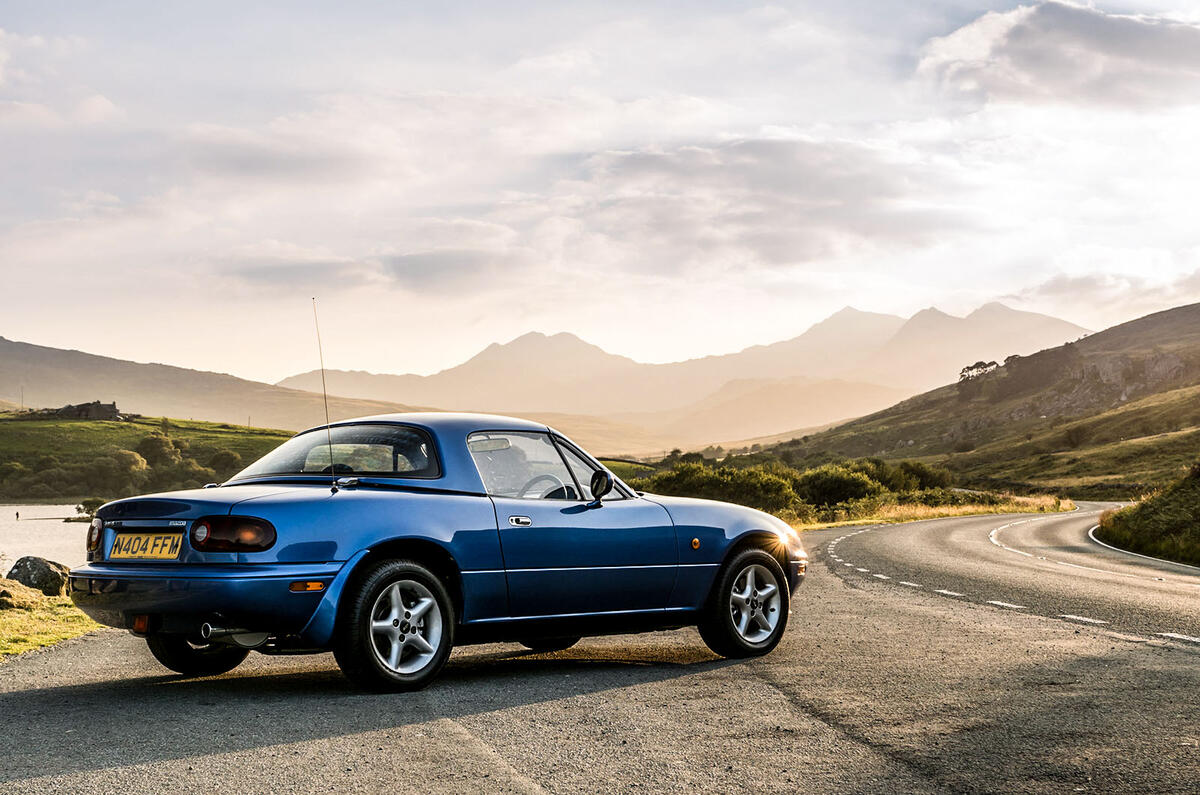
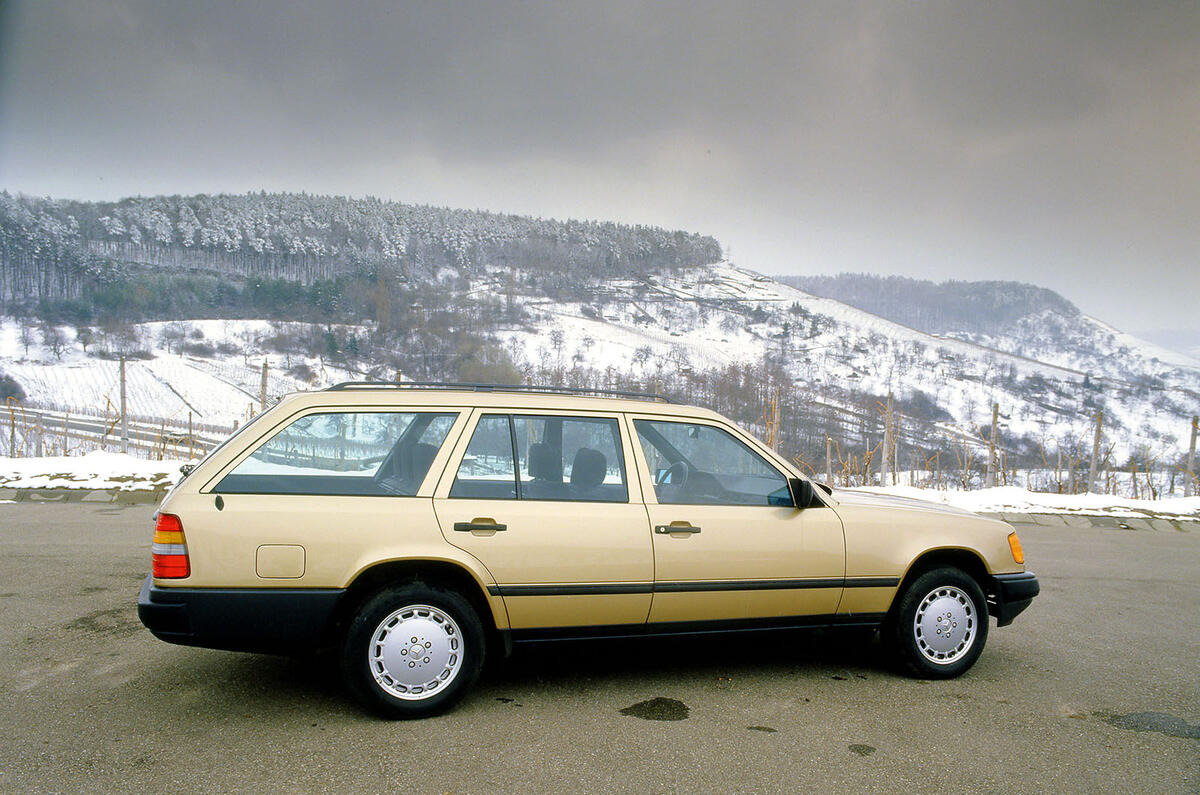
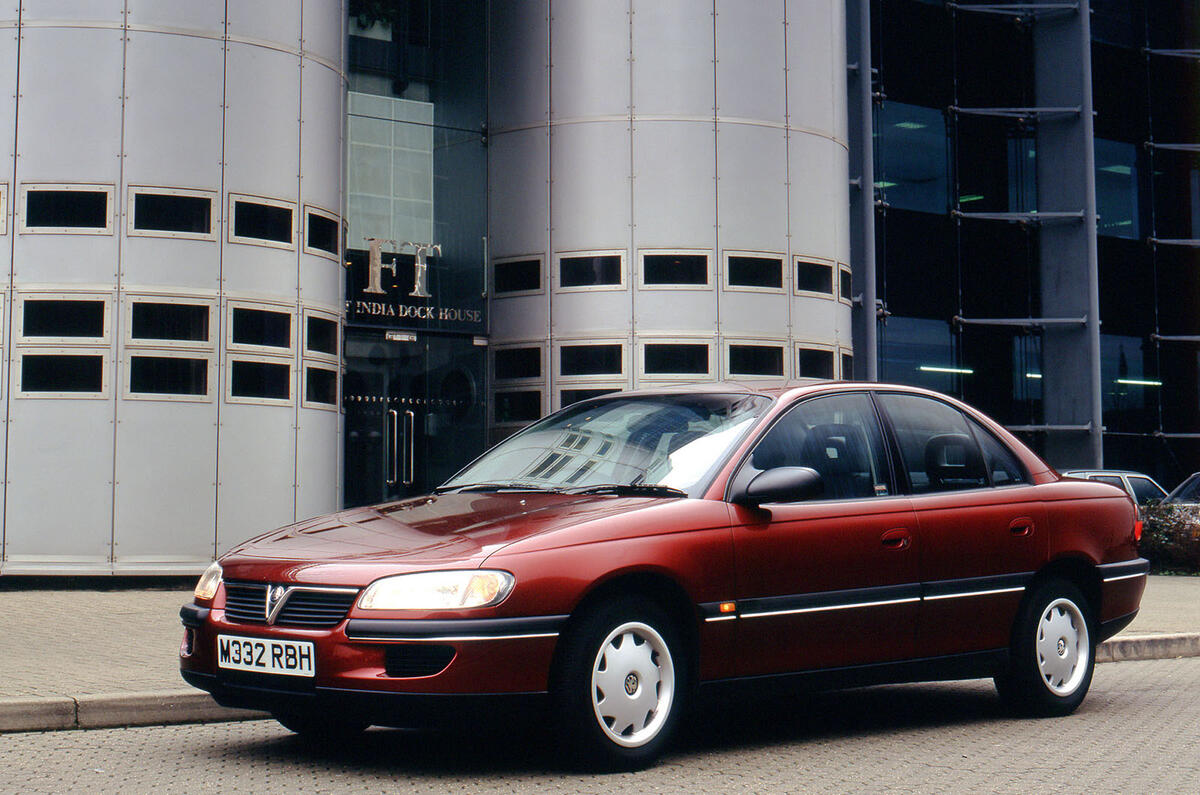
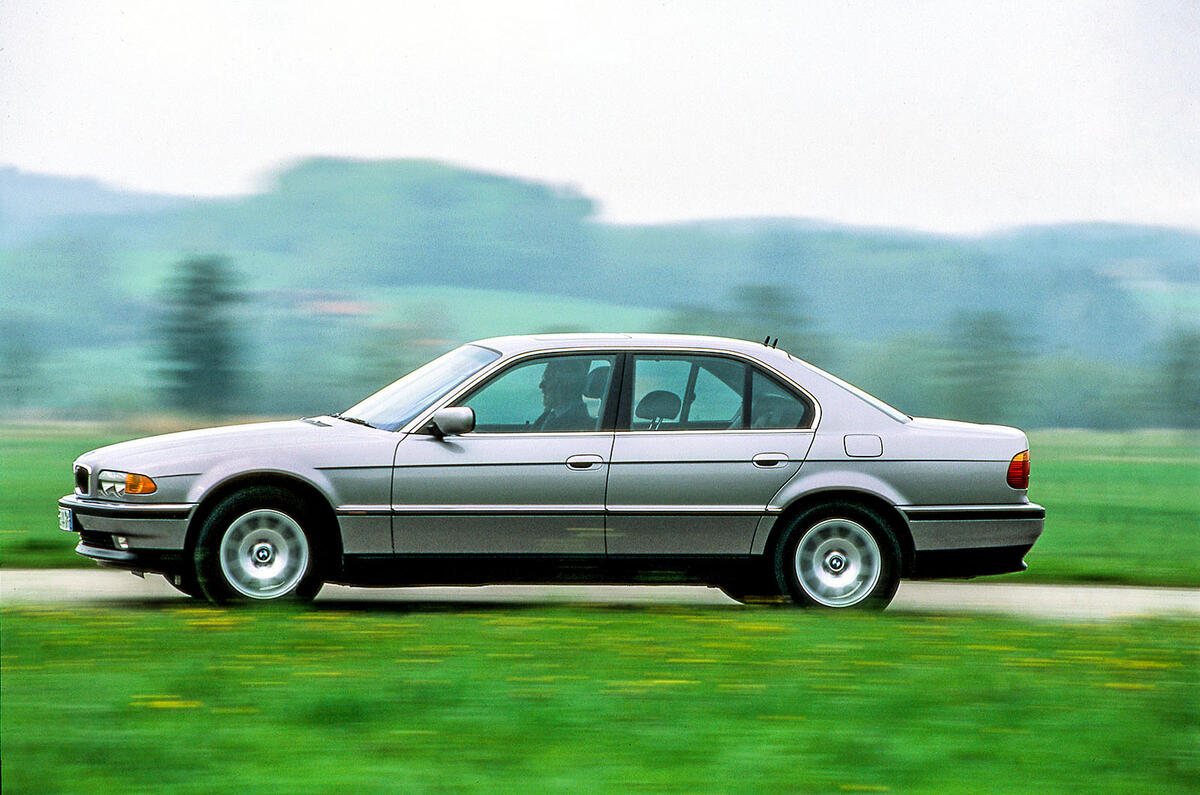
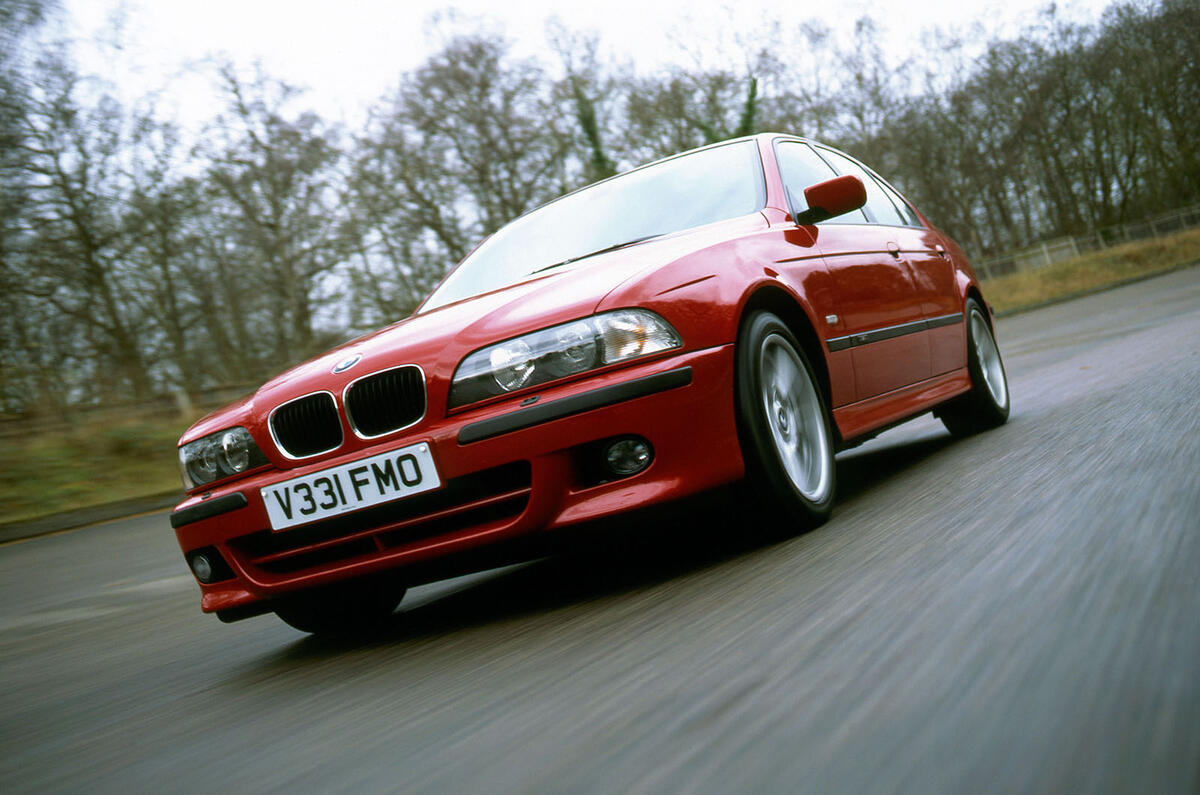
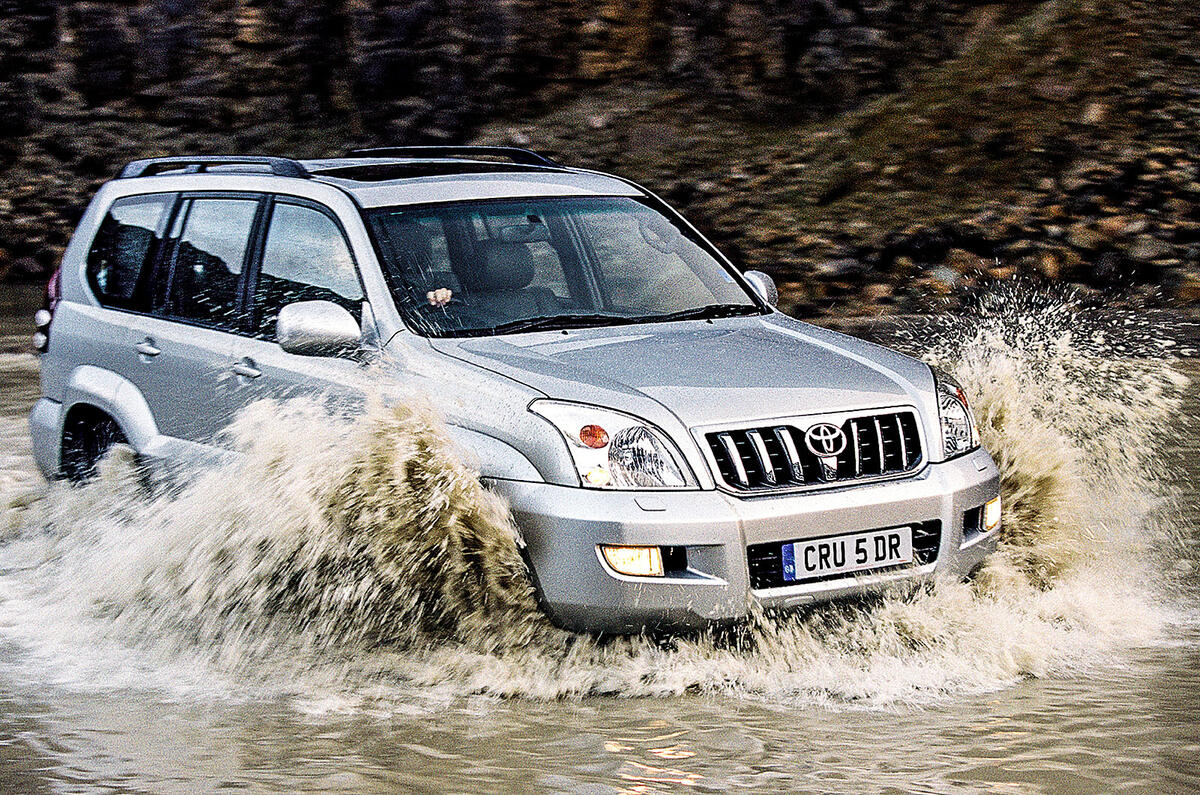
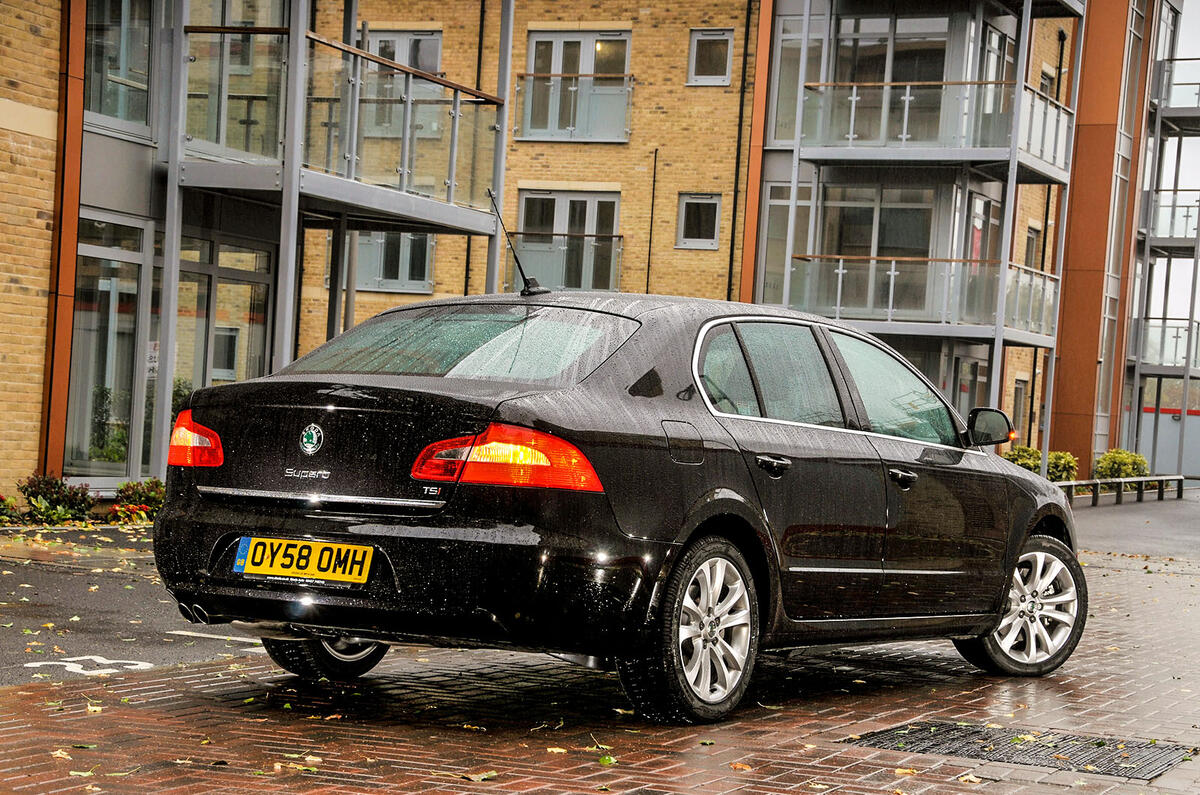
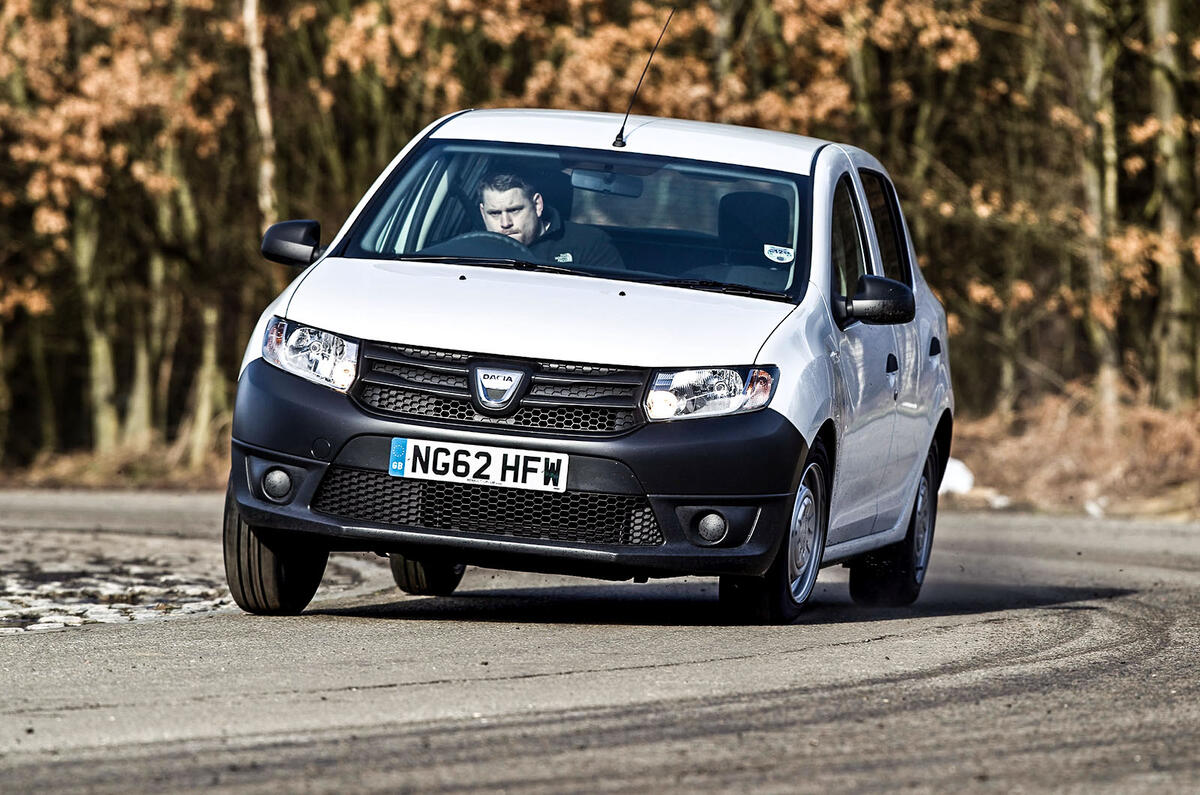
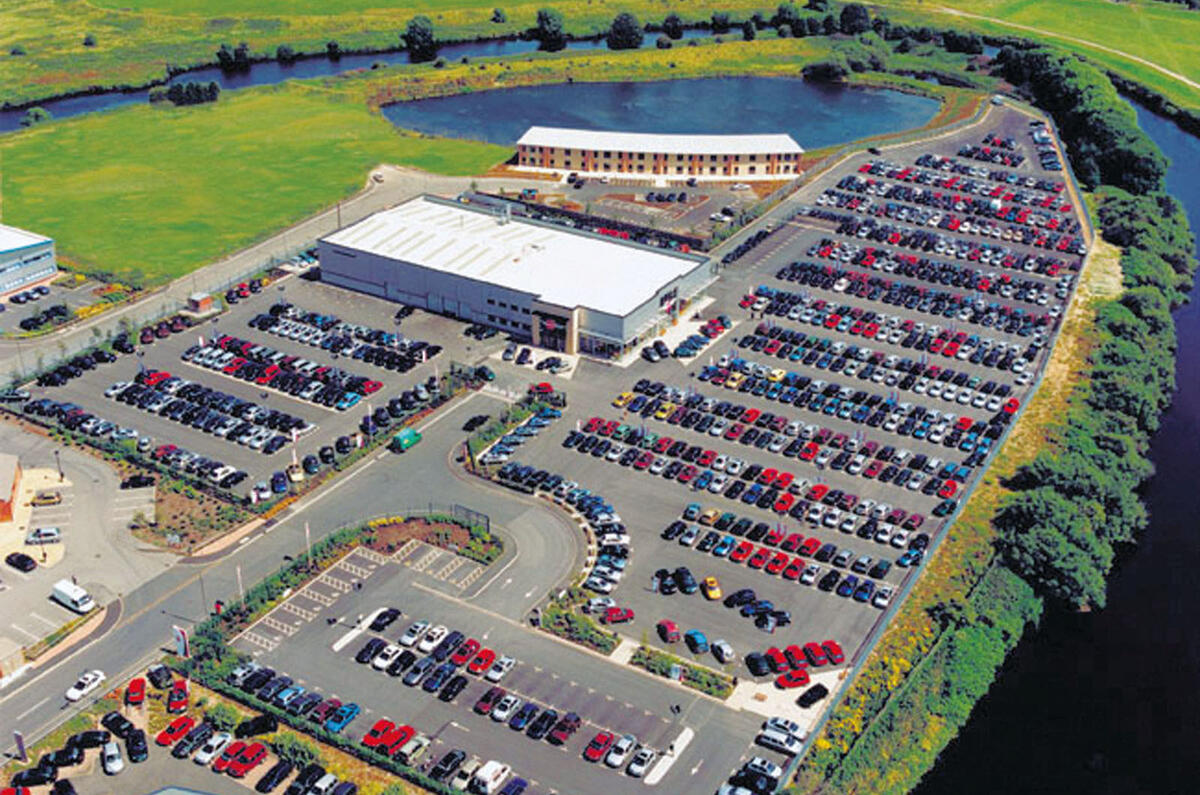
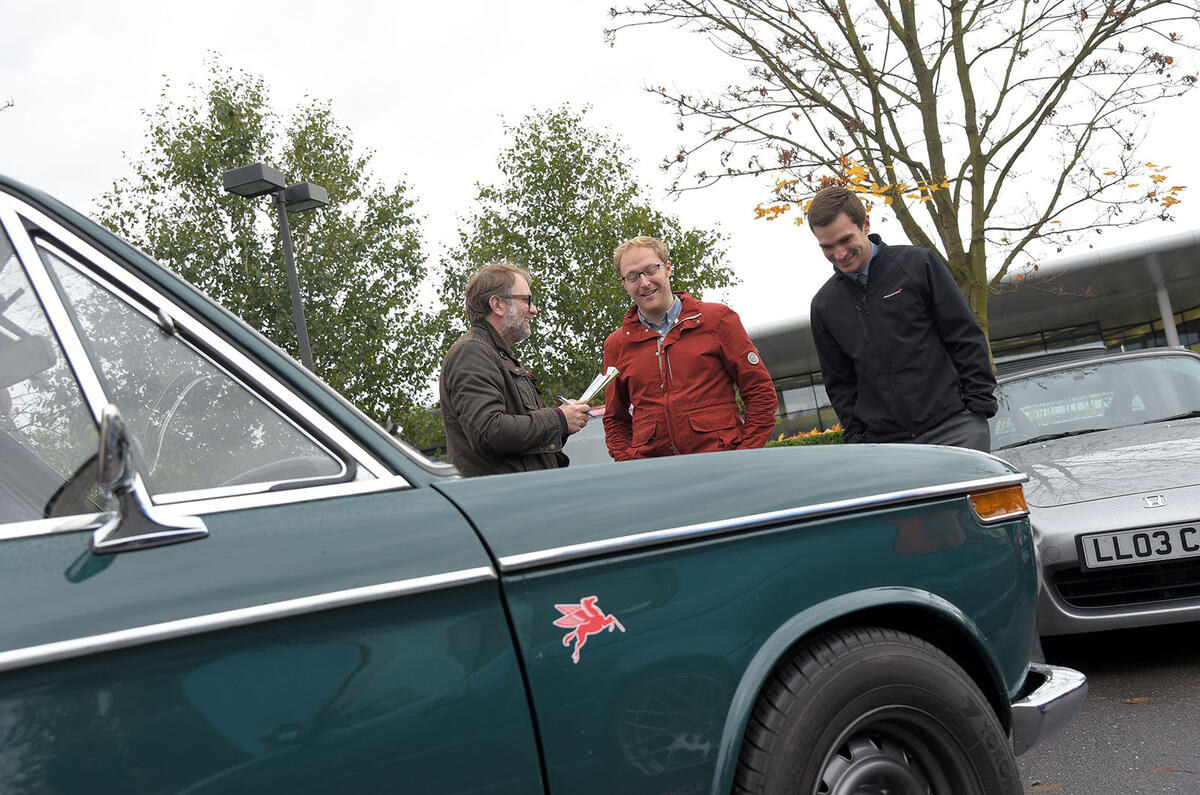


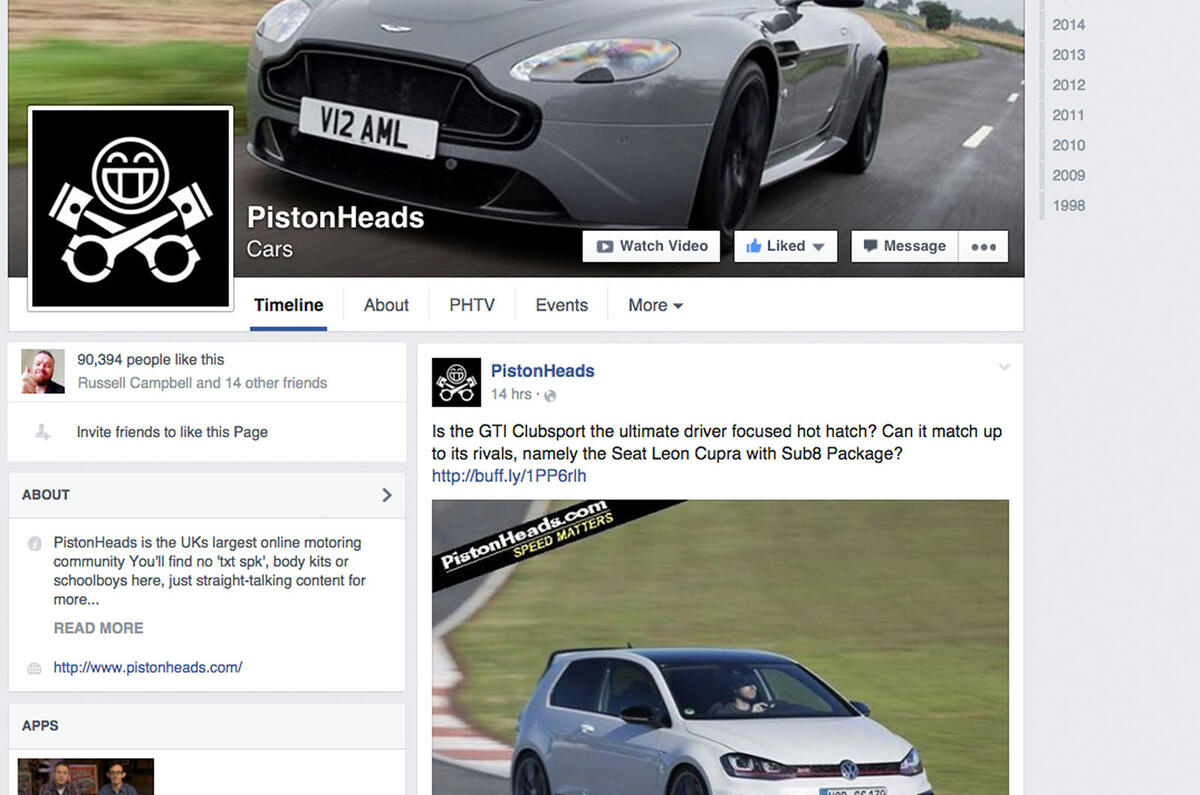
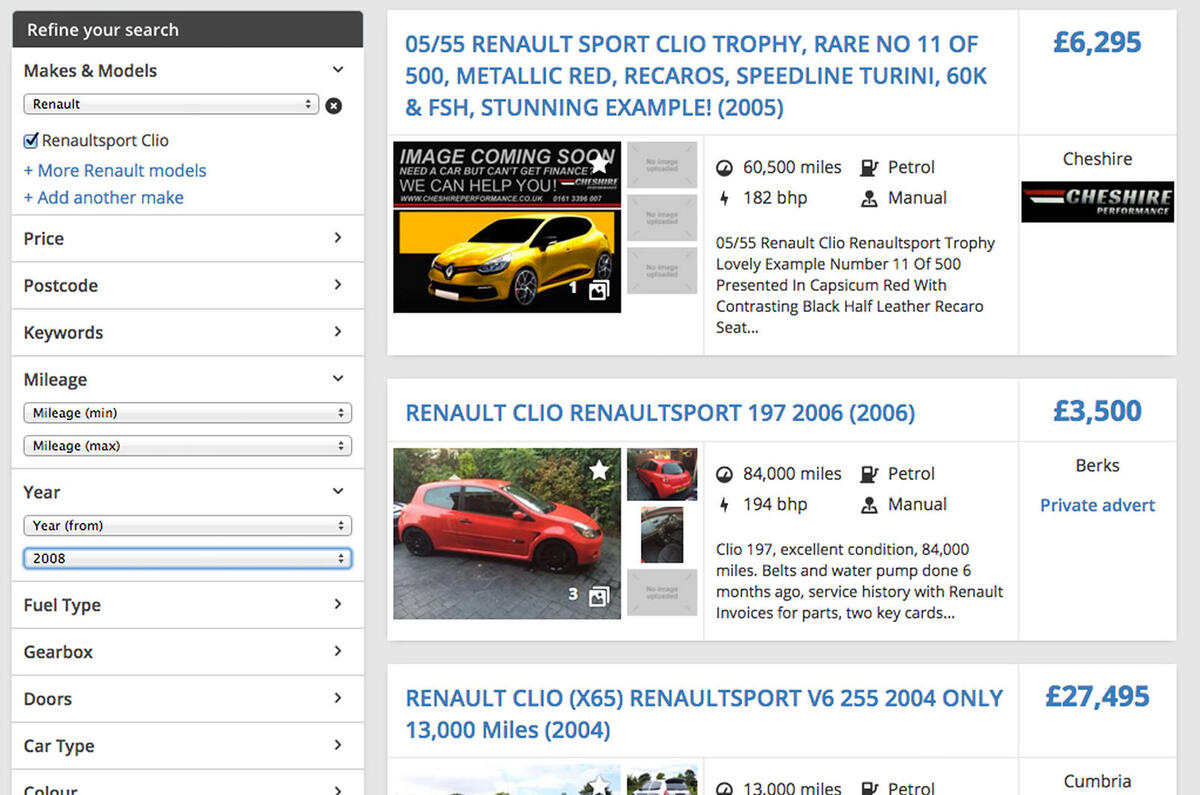

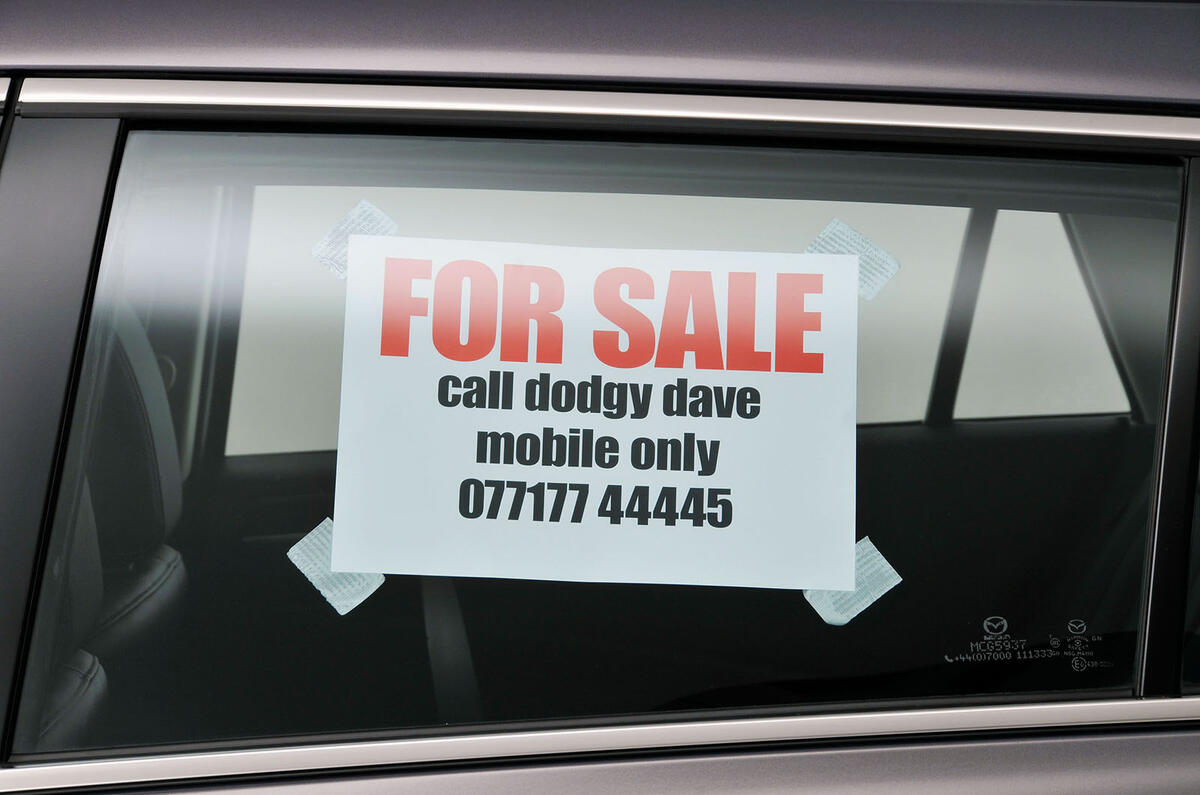
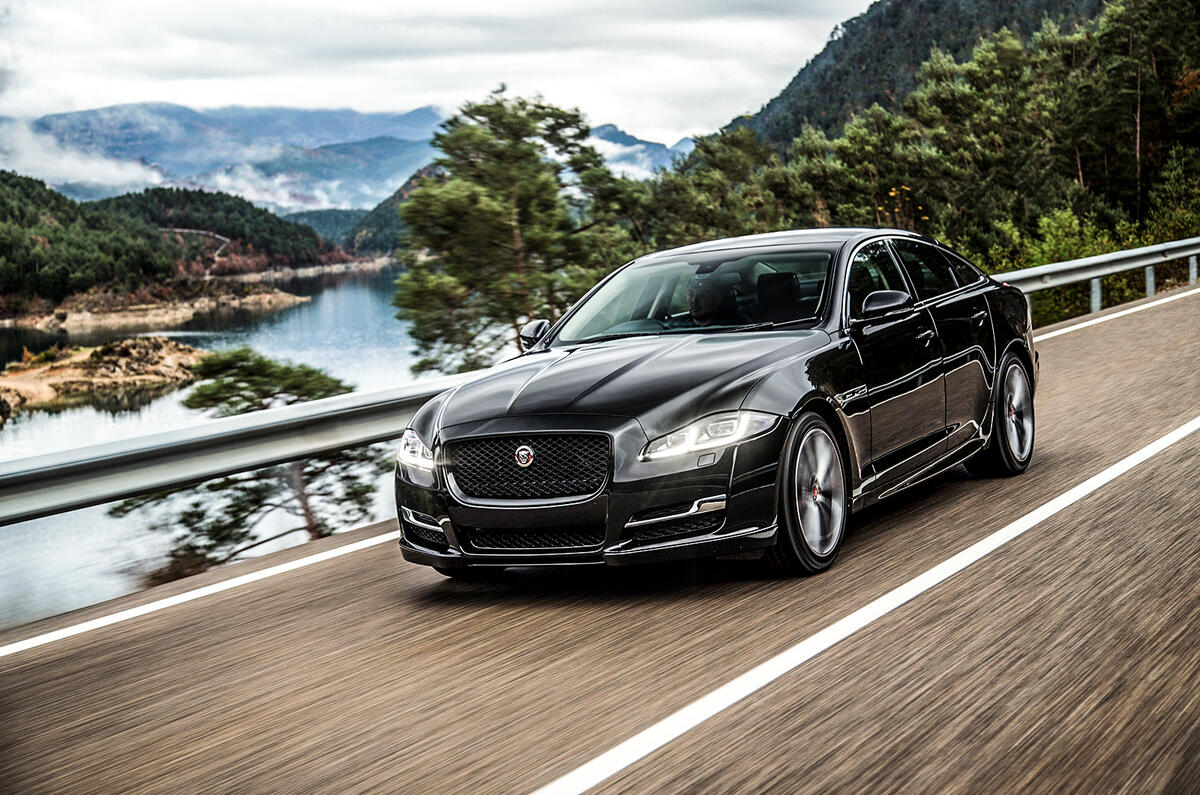



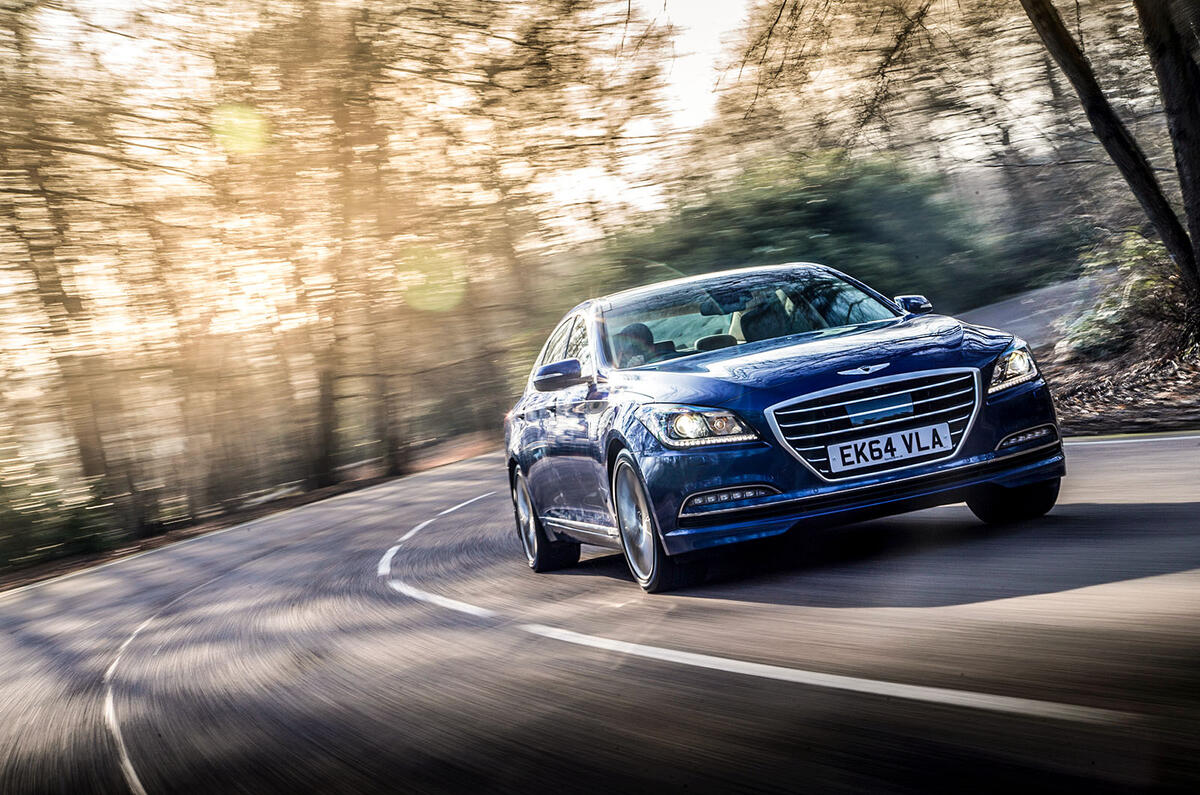


Join the debate
Add your comment
The future of banging
@ macaroni
Not sure that's true...
I was given a 306xsi once, because it had failed an MOT test and the garage had quoted over £400 to fix it.
I traced the fault to a split pipe to the MAP sensor, fixed it for free, sailed through the MOT, sold it for £800.
Even more modern cars with sensors and electronics benefit from good old-fashioned fault finding.